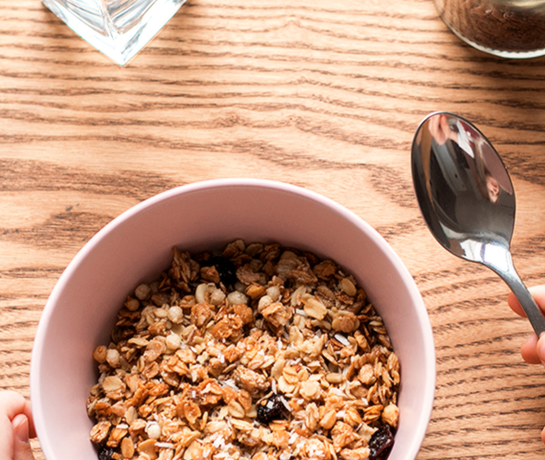

Your microbiome is as unique as you. From birth, you have a collection of microorganisms, a microbiome, that will grow and evolve during your lifetime.
This microbiome consists of trillions of microbes coexisting on your skin, in your mouth, eyes, lungs, and genitals. The gut microbiome receives the most attention, as digestive health is important to overall health.
A healthy gut microbiome keeps harmful agents out and allows healthy agents to populate. The microbes of the gastrointestinal tract (GI) tract digest nutrients, synthesize vitamins, and create fuel for cells that line the GI tract. A healthy gut microbiome also supports your immune response. When all is right in the GI tract, the good microbes keep the bad in check. However, there may be times when the harmony is out of balance, known as dysbiosis. This imbalance can result from too few good microbes or an excess of bad ones, as in these scenarios:
- Frequent use of antibiotics
- Catching a gastrointestinal virus
- Taking potent medications
- Drinking or eating contaminated water or food
- Conditions such as inflammatory bowel disease
What can you do today to improve the health of your gut microbiome? It’s all about your diet. Adding prebiotics (dietary fiber used as fuel by the microbes) or probiotics (foods with live beneficial microbes) can help.
To focus on fiber:
- Add more fiber-rich foods to your diet. Read food labels for foods with 3–5 g of dietary fiber per serving.
- Make easy swaps like wheat or whole-grain bread, pasta, cereals, and brown rice instead of the processed white versions.
- Make oats part of your daily breakfast: Add oatmeal, granola with yogurt, or oatcakes to your breakfast, or add oats to your smoothie.
- Eat more plants. Challenge yourself to eat half a plate of fruits or vegetables at lunch and dinner. Try plant-based protein sources like beans, peas lentils, edamame, or tofu.
- Increase the variety! Choose fruits and vegetables from the different colors of the rainbow.
Include microbe-containing fermented foods:
- Make yogurt or kefir, a fermented milk drink, a regular part of your diet.
- Include fermented vegetables like kimchi and sauerkraut and fermented soybeans like miso, natto, and tempeh.
- Try kombucha, a sour-tasting fermented tea located in the grocery store’s refrigerated section.
For more information on how to improve your diet and GI health, email contactknovasolutions@workpartners.com or call 1-800-355-0885. We are available Monday through Thursday from 8 a.m. to 8 p.m. and Friday from 8 a.m. to 5 p.m.





